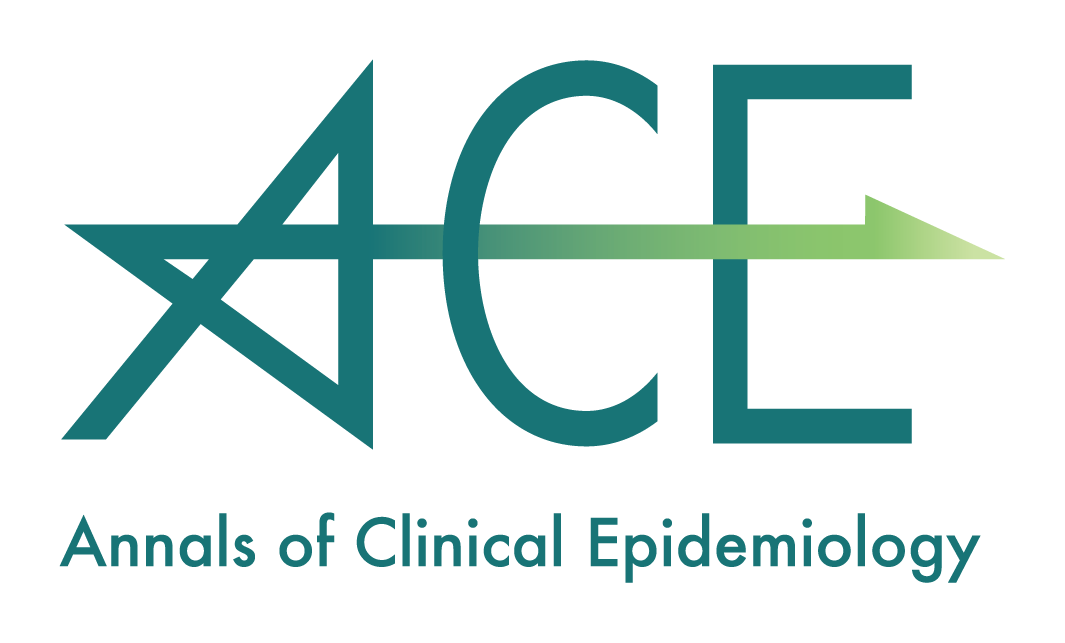BACKGROUND
Trauma is a leading cause of the loss of social life and a major contributor to the global burden of disease. Although trauma-related short-term mortality has decreased worldwide, knowledge on long-term outcomes, including health-related quality of life, patient trajectory, and reintegration into society, is lacking.
OBJECTIVE
To create a comprehensive long-term trauma outcome database, describe patients’ long-term outcomes in the first 2 years of injury, and explore the association between patients’ background and long-term outcomes.
METHODS
This study will be a nationwide prospective cohort study. We will prospectively collect data on patients aged ≥16 years with moderate to severe trauma (injury severity score >12) who are admitted to acute care facilities and discharged alive. After obtaining informed consent, we will follow the patients for 2 years and obtain data on their comprehensive long-term outcomes and social backgrounds. Thereafter, we will combine these new data with the existing data from two other databases (the Japan Trauma Data Bank and Diagnosis Procedure Combination database) and subsequently create a larger more comprehensive trauma database.
ANALYSIS
We will focus on epidemiological and descriptive analyses and analyze the associations between patients’ social backgrounds and long-term outcomes. A generalized linear mixed-effect logistic regression model and a random intercept per hospital will be used to adjust for baseline confounders and institutional differences.
CONTRIBUTION AND SIGNIFICANCE TO THE FIELD
This study will be an essential piece of evidence from a public health policy perspective and will recommend medical care optimized for each patient to help trauma survivors regain control over their lives.
抄録全体を表示
